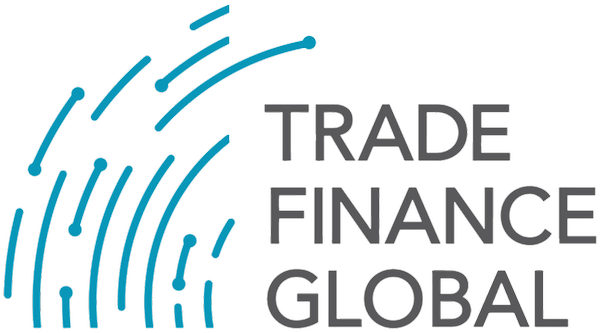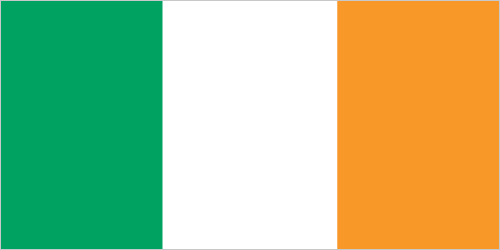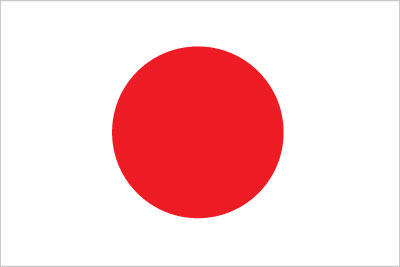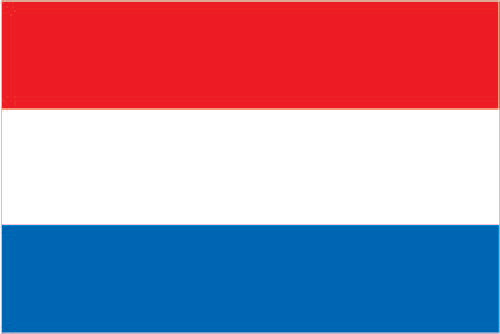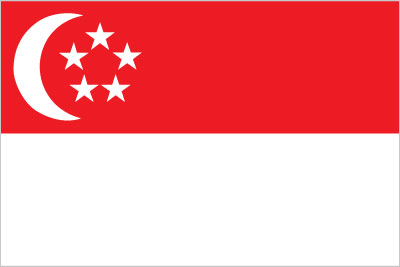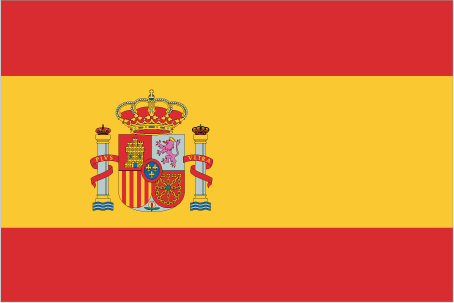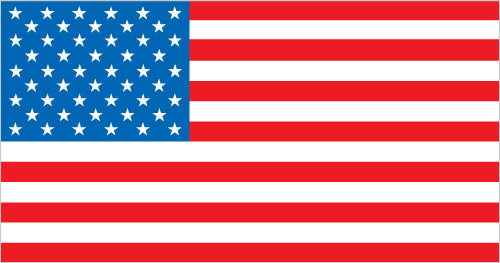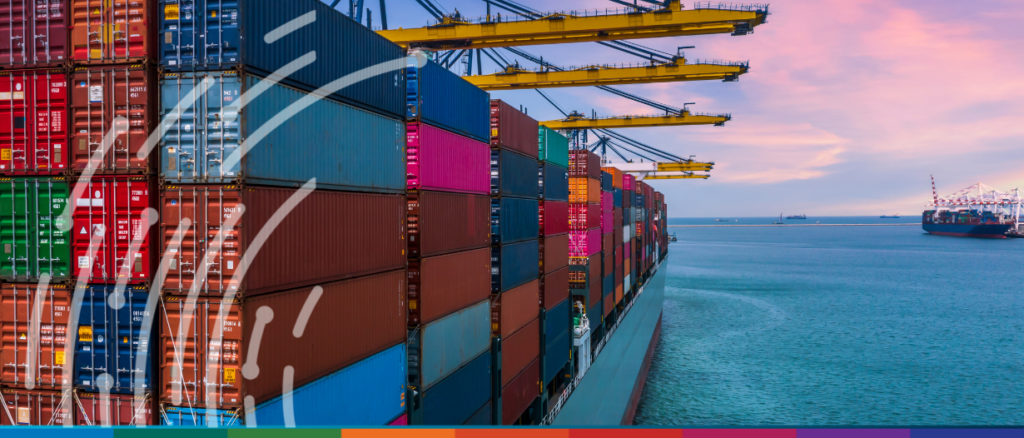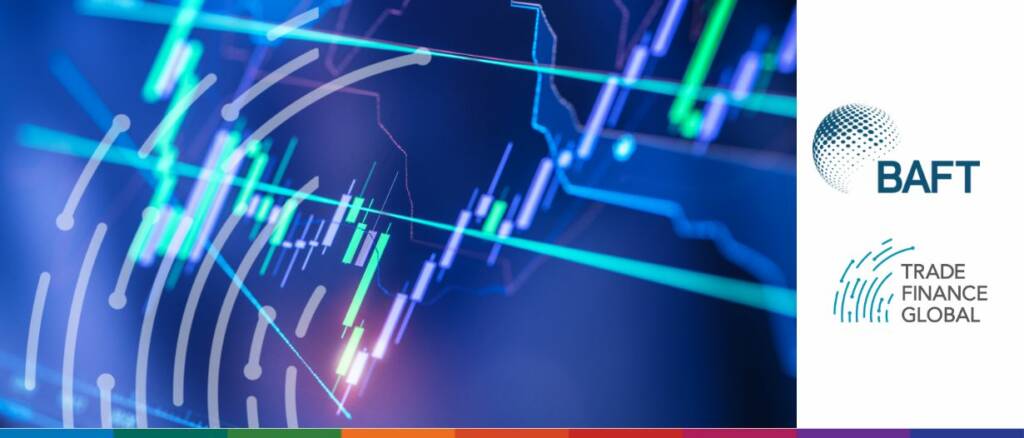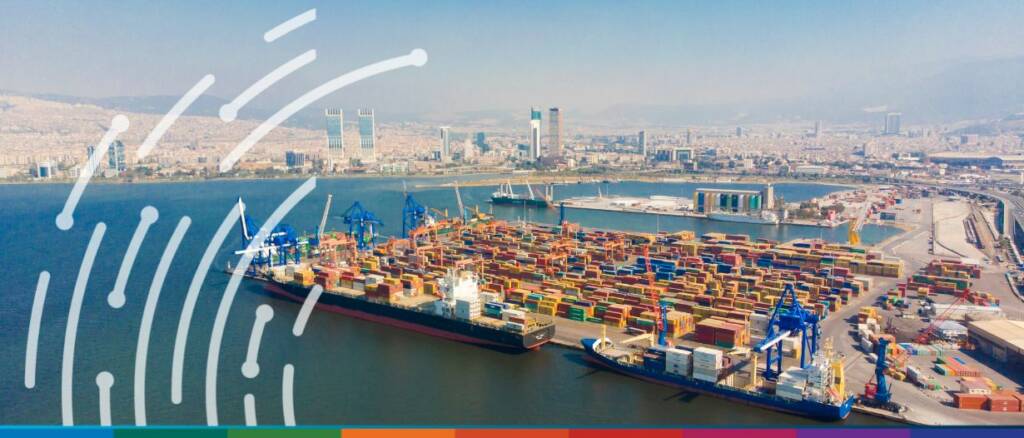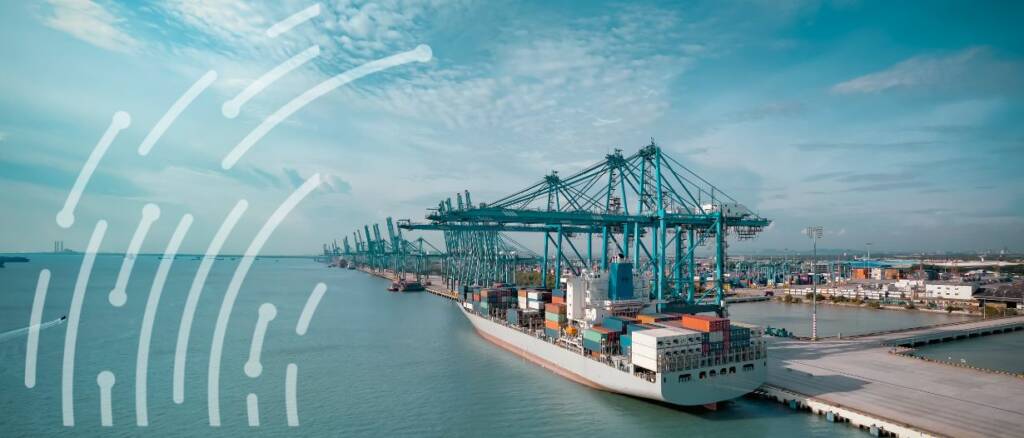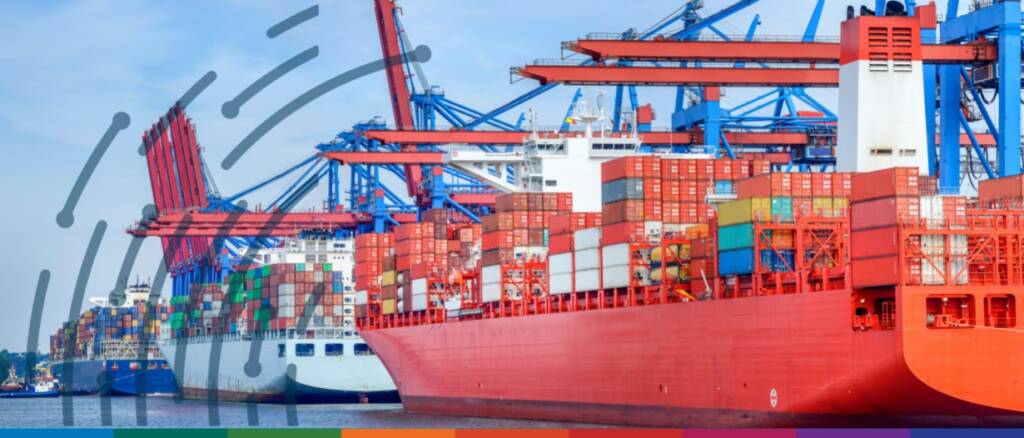Trade sanctions are among the many tactics resorted to by the international community in order to compel a state to comply with its human rights obligation.
CargoX, a document transfer solutions provider, today reported an increase in the number of users of the CargoX platform to simplify and expedite electronic trade documents and facilitate Advance Cargo… read more →
To learn more about UNCITRAL and the efforts to support the regulatory environment around digital trade, Trade Finance Global (TFG) spoke with Luca Castellani.
The Asian Development Bank (ADB) and Nhava Sheva Freeport Terminal Private Limited (NSFTPL) signed a $131 million loan to upgrade the Jawaharlal Nehru Port Container Terminal located in Navi Mumbai… read more →
Your Monday morning coffee briefing from TFG: Shifting the mindset towards innovation in ports
Cargo transportation is enjoying rapid growth due to increased globalisation and online ordering. The shipping industry accounts for a vast percentage of global trade, so finding ways to make it more sustainable is crucial.
Change is part of the modern world and innovation is one of the key drivers for change. The prevailing question is: are the ports in the right mindset towards innovation?
Your Monday morning coffee briefing from TFG: UK Freeports: catalysts for regional economic development and recovery
If you read the international shipping media during the final quarter of 2022, you would be forgiven for thinking that it’s “Game Over” for international trade.
The shift to a more digital form of globalisation changes who is participating, how business is done across borders, and where the economic benefits are flowing. This creates a new paradigm where not only large corporates, but also retailers, SMEs, and individuals can use international payments, integrated commerce, or trade interfaces regularly.
